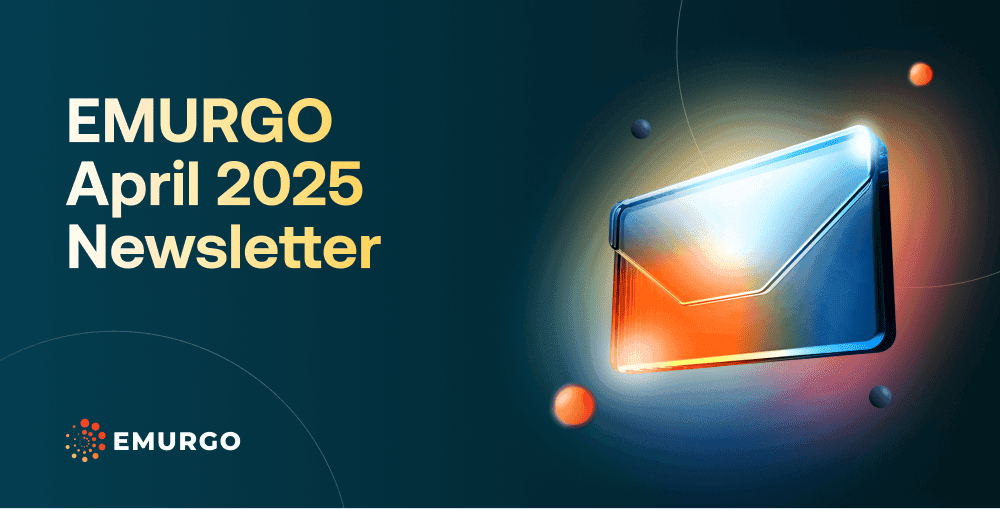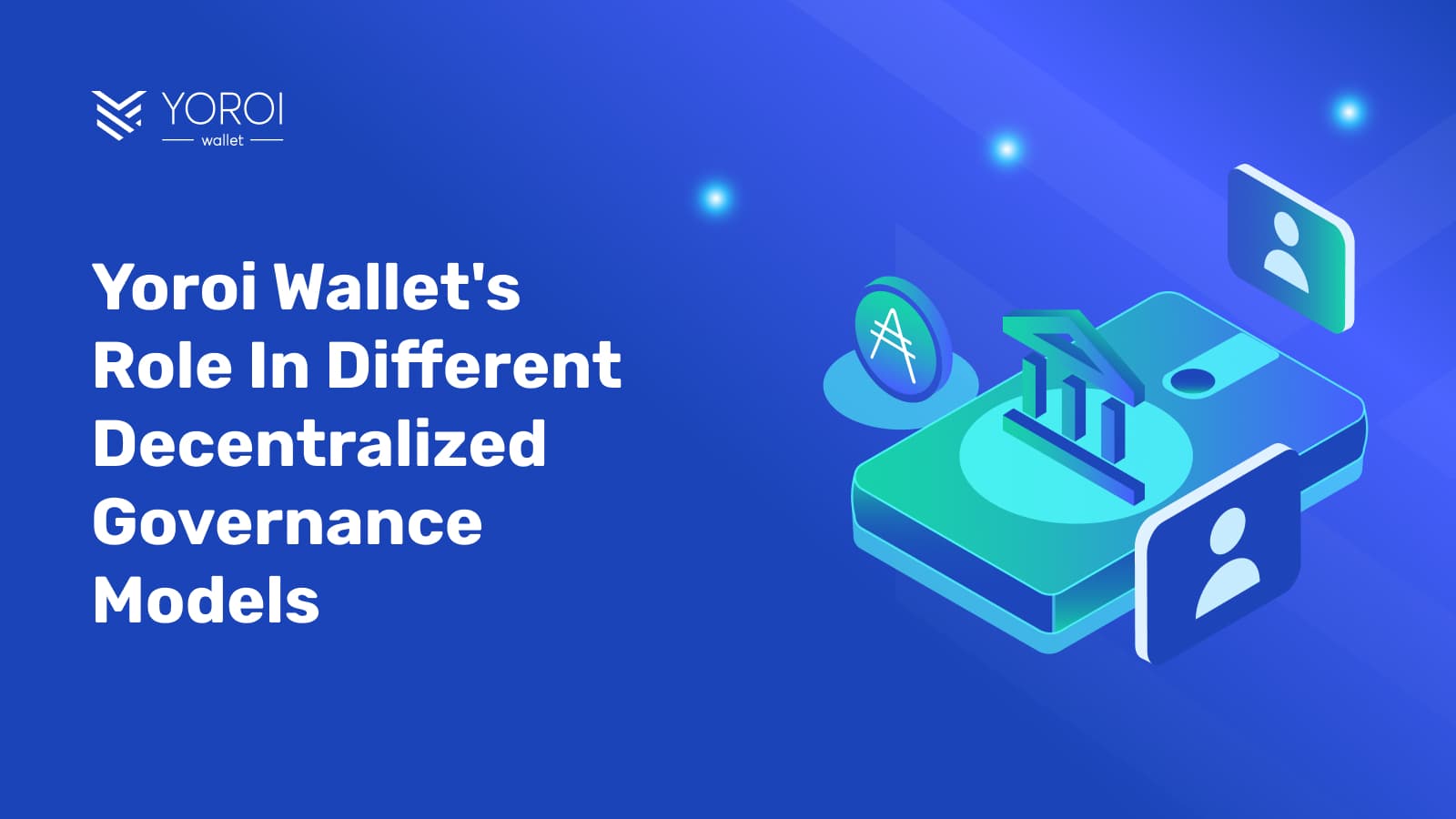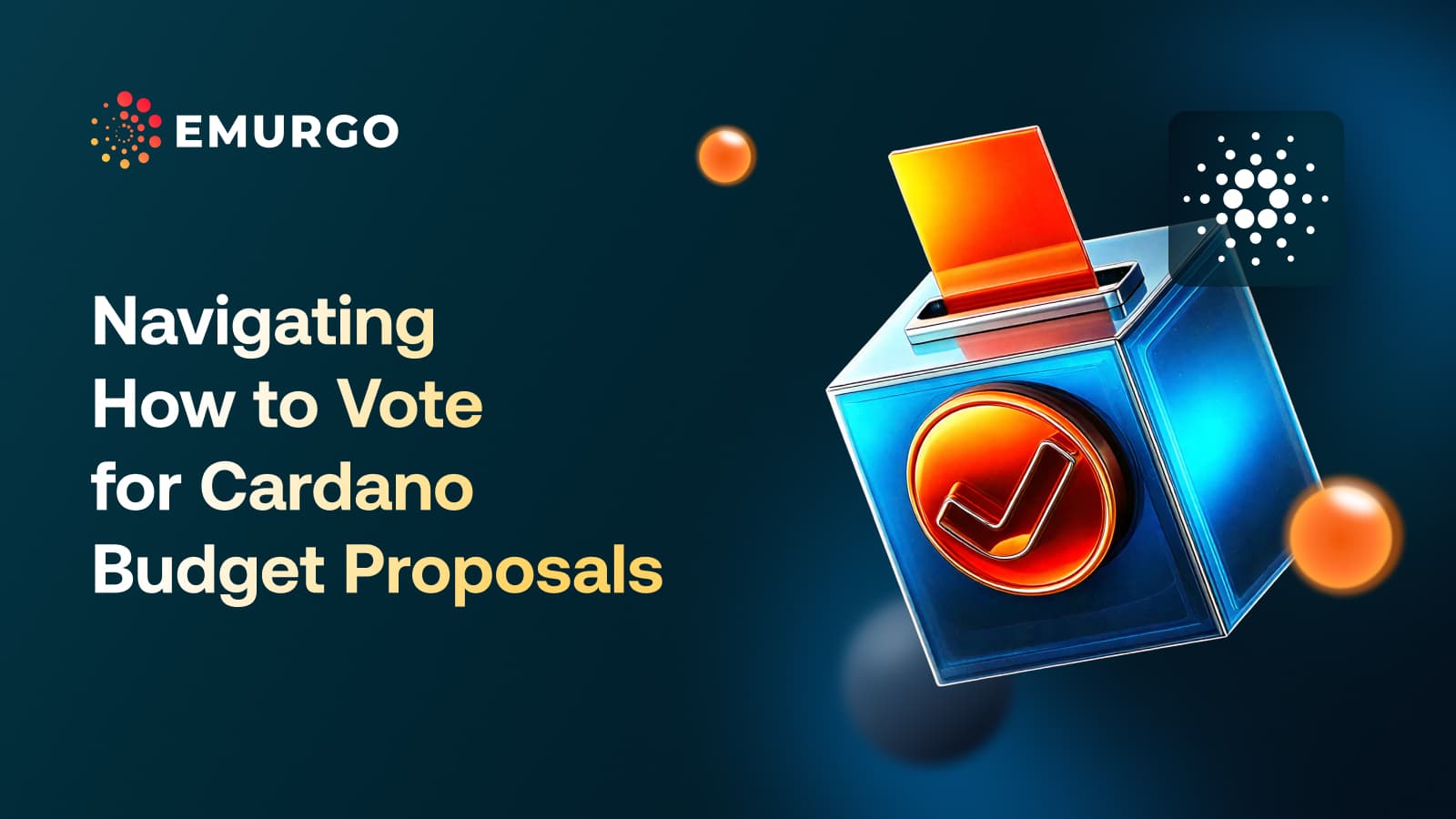Blockchain governance is one of several trending narratives within the blockchain space. With many users, core developers, projects, and other stakeholders actively participating in specific decentralized blockchain networks, the need for a distributed governance model to ensure the voices of different community members are heard takes on more importance. It also supports the more even distribution of important decision-making powers and critical tasks and responsibilities among the stakeholders of the network, thereby reducing security vulnerabilities and risks stemming from centralization.
Ultimately, a sound decentralized governance structure helps to maintain and sustainably advance a blockchain network through a fair and transparent process, reflecting the wishes of its users and developers.
To achieve this, several parts of basic blockchain governance infrastructure are needed to provide community members with the necessary tools and resources to ensure decentralized governance. As with any fast-emerging technology, these have to be developed and tested by technical teams and core users before being implemented for the wider community.
In this blog, let’s go over some of the key components that drive successful blockchain governance.

Voting
Most blockchain governance models today rely on on-chain voting processes as the primary decision-making mechanism. This transparently records and displays voting results in real time for all members of the community.
Voting is a foundational part of any democratic process that allows citizens or the community, in the case of a blockchain, to express their preferences regarding resource allocation, execution of initiatives, and other important decisions.
To implement a transparent and effective voting system, a network must provide a proper system, including the prevention of double voting, taking network snapshots, tallying votes, etc., to ensure a fair process. In most cases, blockchain networks use the node operators (validators) as their core voting block, and a network should decide how its community members will be able to effectively and efficiently participate in the voting process.
In Cardano, DReps (delegated representatives), SPOs, and the Constitutional Committee vote on proposals called Governance Actions. Any community member can delegate their voting power to a DRep to vote on their behalf using a supported Cardano wallet.
Proposal Boards
A blockchain community needs some sort of public forum using a user-friendly UI where various proposals and initiatives up for voting are visible, descriptions and comments can be made, and easy to track their voting results. From there, users can see the merits of the proposals and see which ones succeeded or failed to garner community approval.
For the most part, all this can be delivered using existing Web2 technology, but it does need to be simple for users to access and read through a centralized dashboard, integrated crypto wallet interface on desktop or mobile, etc. At most, the board may need to read on-chain data when retrieving real-time voting results.
Related reading:
- Explaining the importance of decentralized blockchain governance
- Recent trends in blockchain governance and their potential impact
- A look at the different governance bodies in Cardano
In Cardano, the GovTool platform acts as a governance feature dashboard for users to connect their wallets, look up relevant information such as DReps, voting proposals, and discuss governance actions.
User Dashboards
Another important tool is a simple user dashboard such as the previously mentioned GovTool platform that compiles all the different important data points about the network and governance into a single interface.
Proposals, voting results, candidates up for election, the state of the treasury, etc., all need to be on a single platform to facilitate user engagement, activity, and awareness.
If these crucial pieces of data are scattered throughout many different places with many friction points, community members will more likely be discouraged and abandon their participation in any governance system. As with the previous example, most of this can be created using existing Web2 technology.
Mobile Platform Optimization
Cell phones have taken over the technology space, and most people tend to access the internet via a phone rather than other methods due to convenience. For governance to succeed in the blockchain and Web3 realm, related functions and features must be optimized for mobile usage and participation.
Today, the blockchain industry overly relies on the required usage of web browsers and computer-based technology to connect to wallets and decentralized applications (dApps), which has posed an obstacle to increased user adoption.
Wallets
The cornerstone of any popular blockchain ecosystem is the wallet. People buy and store their cryptocurrencies and tokens and interact with network dApps and other crypto-related features directly from their self-custodial crypto wallet. In any blockchain governance model, the wallet will remain a primary point of contact for users and governance-related features and tools.
For this reason, ecosystem-supported wallets need to be regularly updated to keep pace with the latest governance developments. They should also be easy to use, integrate essential governance features and tools, and be able to quickly adapt to the demands of the network’s governance model.
Read more: How Yoroi’s self-custody feature empowers Cardano users
In Cardano, users may delegate to a DRep to vote on their behalf and express other voting intentions through their Yoroi Wallet dashboard on desktop and mobile devices.
Documentation
Good, reliable information is key to any governance process. In the world of Web3, this means having open and accessible documentation that is hosted on an open platform, maintained regularly, and accessible in several languages. These documents refer to technical details, governance functions and features, and other important policies of a network’s governance structure.
In Cardano, there is also the Cardano Constitution, which acts as a founding document to guide and provide a set of governance rules and principles for the community to abide by.

Communications
For community members and people on the outside to become more aware, there needs to be a solid communication plan. There needs to be a way to consistently foster greater awareness and communicate current and upcoming plans, voting results, and more.
In most cases, this infrastructure does not need to be provided using blockchain. It can be a traditional Web2 service that reads information from the distributed ledger. One example is GovTools, where Cardano’s Governance Actions are located and voting results can be seen.
Open-source documentation is related to this aspect, but it also covers the need for regular website maintenance, social media content and management, and other ways to convey effective external and internal stakeholder communication about the latest in network governance.
Educational Resources
Governance can be a complicated subject that requires some knowledge before a person can feel like they can engage in productive discussions. In the case of blockchain governance, there are many technical aspects such as cryptographic signatures, wallets, tokens, staking, and many other subjects not widely known by the public.
Thus, education is one of the major challenges facing those looking to implement effective community governance in Web3.
Resources and content must be compiled, made readily available, and communicated to the broader community and those outside of the community as well. This will help to encourage greater participation, enhance transparency, and onboard more members from around the world.
In Cardano, open resources such as Intersect documents can help users get started.
Multi-Language Support
Blockchain is a digitally native technology that is global by nature and has been gaining fast adoption in both developing and developed countries. This means that many languages besides English are spoken in the communities of most major blockchain networks.
Translating the governance documentation, tools, and various content into different languages can be a difficult task due to limited resources, but it is also essential to maximize governance participation. Generative AI tools for these sorts of tasks have improved significantly, but even with them, native speakers need to review the texts to ensure the translations are correct.
The more language support there is, the more diverse a governance structure can become.
Treasury
Resources are an important part of the governance process in any context. Without financial resources to pay for the work needed, any proposal or debate can’t ever leave the planning stage. Thus, a blockchain network needs to figure out how to have a sustainable treasury model to incentivize and pay for the development of governance-related matters.
Cardano has again taken the lead in the blockchain industry; the network’s Treasury is in the hands of the community. Anybody can propose a Governance Action by locking some of their ADA cryptocurrency, which results in a withdrawal from the treasury.
The Cardano Treasury refills itself with a portion of the fees taken from transactions that happen over the network to be a self-sustaining blockchain network. Proposals for Treasury sustainability are continually ongoing and voted on by the community.
Follow EMURGO on X and LinkedIn; Delegate to EMURGO as a DRep to Participate in Governance
Interested in participating in blockchain governance to shape its future?
Then, follow EMURGO on X and LinkedIn for more content and information on ways to start.
Also, if you are a community member interested in driving the commercial adoption of Cardano, including DeFi, RWA, interoperability, and more, consider delegating to EMURGO as a selected DRep to get involved with voting on proposals using EMURGO’s DRep ID: drep1ytvlwvyjmzfyn56n0zz4f6lj94wxhmsl5zky6knnzrf4jygpyahug.
About EMURGO
- Official Homepage: emurgo.io
- X (Global): @EMURGO_io
- YouTube: EMURGO channel
- LinkedIn: @EMURGO_io
Disclaimer
You should not construe any such information or other material as legal, tax, investment, financial, or other advice. Nothing contained herein shall constitute a solicitation, recommendation, endorsement, or offer by EMURGO to invest.



